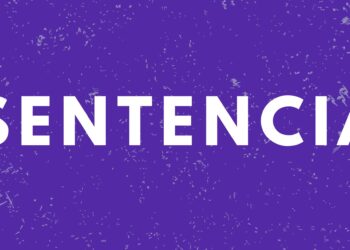Artículo publicado en el New York Times el 23 de diciembre de 2014
MEXICO CITY — The investigators wanted to know who was behind the murders of hundreds of migrants from Central America who had been trying to make their way to the Texas border.
The response from the police officer being interrogated was chilling:
“I know that police and transit officials in San Fernando help the Zetas organization,” said the officer, Álvaro Alba Terrazas, referring to the organized crime outfit that controls much of Mexico’s northeast borderlands.
Instead of taking the migrants to the county jail, he continued, “they would just deliver them to the Zetas.”
The statement was contained in a terse memorandum from the office of Mexico’s attorney general that was delivered this month to the National Security Archive, a Washington research organization that seeks the declassification of government documents.
The National Security Archive and two transparency advocacy groups in Mexico have waged a long legal battle to obtain documents concerning the investigation into the migrant killings in San Fernando, a sprawling rural municipality in the northeast border state of Tamaulipas. The memo was the only document that was released.
It names 17 San Fernando police officers who were arrested in the massacres, as well as a dozen people suspected of belonging to the Zetas.
The Zetas suspects, according to the memo, told investigators that the local police force worked for them, letting the gang carry out its activities and “intercepting” people for it.
The brief account of the investigation was released in a country still shaken over the disappearance of 43 college students after a confrontation with the police in the southern city of Iguala. Mexico’s attorney general, Jesús Murillo Karam, has said that the police handed the students to a drug gang called Guerreros Unidos, who killed them and burned the bodies.
The release of the memo is a small victory for the archive and the two advocacy groups, the Foundation for Justice and the Mexican chapter of Article 19, which had been seeking to open government files related to one of the most horrific episodes of violence in Mexico’s long struggle against drug rings.
In August 2010, the bodies of 72 migrants, almost all of them from Central America, were discovered at a remote San Fernando ranch. Then, over several weeks the following April, investigators found 196 more bodies buried in mass graves in San Fernando.
The motives for the killings have never been fully explained, but gangs routinely extort payments from migrants crossing their territory.
“The good news is that we got anything,” said Michael Evans, a researcher at the National Security Archive. “The bad news is that we got so little. There have to be more documents.”
The transparency groups’ quest for information found its way to Mexico’s Supreme Court, which has yet to rule on the attorney general’s appeal of a lower-court ruling that the San Fernando investigation should be made public because it involved broad human rights violations.
“The Supreme Court will have to decide what’s confidential and what’s of public interest,” said Ana Lorena Delgadillo, a lawyer with the Foundation for Justice.
The foundation had earlier sought information on the San Fernando officers, and the attorney general’s office responded only that 10 of the 17 officers who were originally arrested had been released. Mexico’s police investigations and its court system are notoriously opaque. After prosecutors announce arrests, no information on trials and verdicts is made public. For instance, it is not known whether the officer quoted in the memo, Mr. Alba, was convicted or even tried.
And despite new laws mandating a transition to public trials by 2016, there has been virtually no move in that direction.





